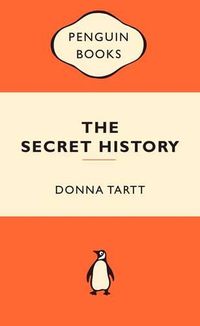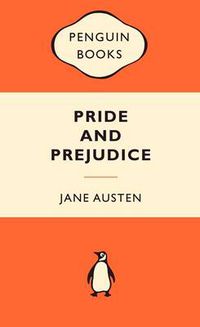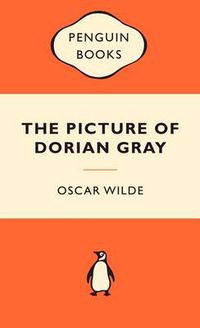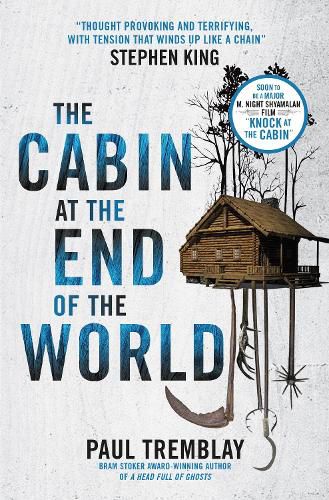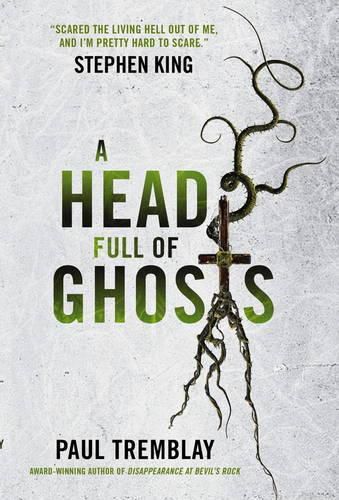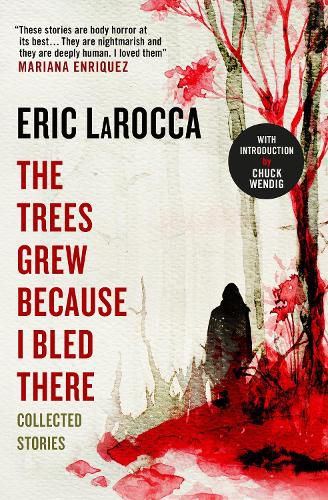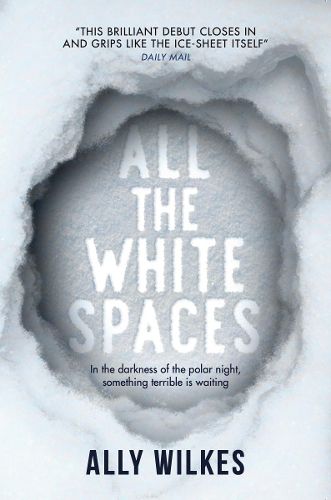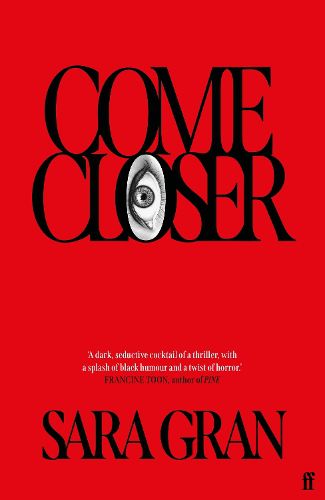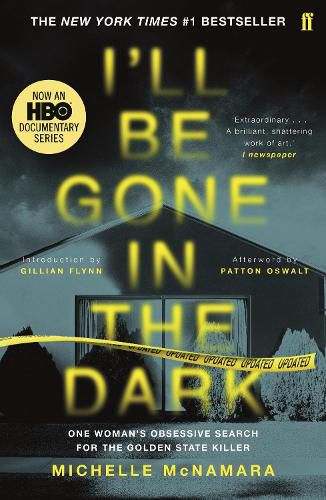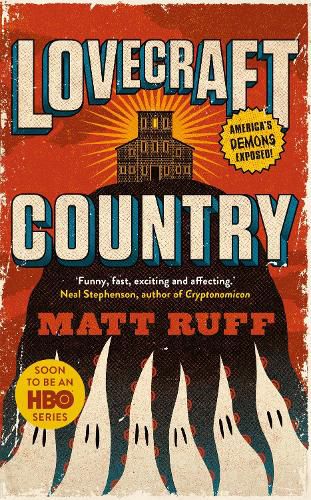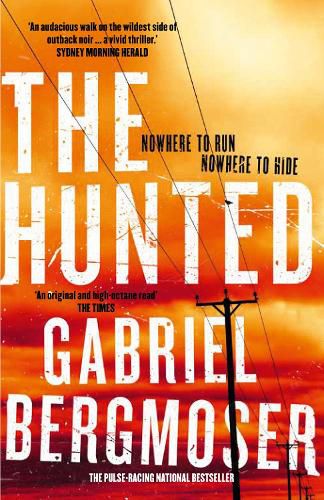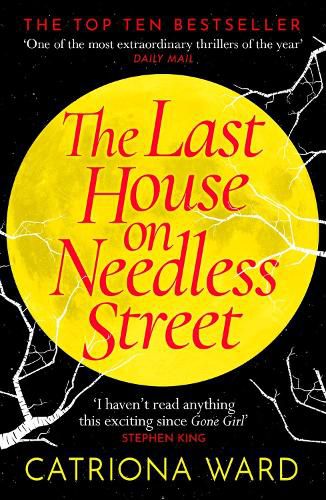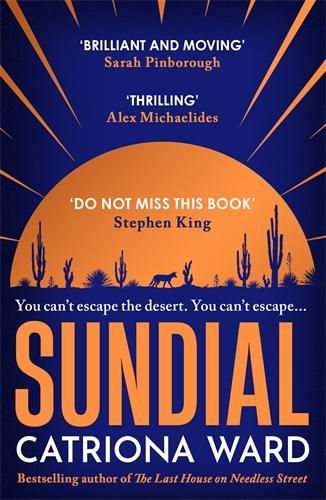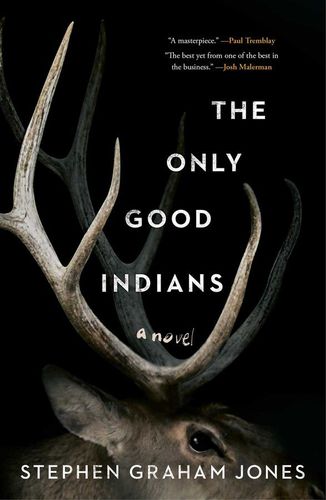Readings Carlton bookseller Jason Austin decided to return to a genre he’d enjoyed as a young reader and exclusively read horror books in 2023. Here he shares the results of his experiment.
Like a lot of kids, my love of reading began with comics, but sci-fi and horror were my gateway to reading long-form literature. Horror, in particular, was a genre I was hooked on as a child, and it started with Roald Dahl.
I don’t mean The BFG or The Twits (although moments in the latter might be considered horrific), it was my introduction to his adult literature that made the biggest impression. In class one day, my Grade 3 teacher read Dahl’s short story ‘Pig’ from his collection Kiss Kiss. ‘Pig’ is about Lexington, an orphan who’s raised as a vegetarian by his aunt. As an adult, the naïve Lexington unknowingly eats meat for the first time, is fascinated by the mysterious matter he has just consumed, and goes on a quest to find its source. In true Dahlian fashion, the story takes an unexpected and gruesome turn that can only be described as horror.
I have no idea why our teacher chose to read this to a class of eight year olds. It probably wouldn’t happen in 2023, but this was 1980, and I loved it! It prompted me to read Dahl’s collection The Wonderful Story of Henry Sugar and Six More. In ‘The Swan’, from that collection, a young boy is out bird-watching and encounters a couple of bullies with a gun. It struck terror in me as a kid, and its conclusion broke my heart. It was the first time I recall feeling genuine empathy for a fictional character and being incredulous that reading could evoke such a strong emotion. From then on, I was hooked on the macabre.
I read Jaws by Peter Benchley and William Peter Blatty’s classic, The Exorcist. The latter was cause for consternation from a stranger who chided my mum when he noticed my head buried in its pages. I guess he didn’t think it was appropriate reading material for a teenager and had no issue with letting my mother know. Mum, I’m sure, was just happy I was reading something that wasn’t a comic.

With Goosebumps still a generation away, like a lot of other Gen X kids I became obsessed with the creations of Stephen King – like the evil creature that takes the form of Pennywise the Clown and taunts children in IT. Or the axe-wielding Annie Wilkes in Misery, who kidnaps novelist Paul Sheldon and violently coaxes him to resurrect her favourite character. And Gage Creed, whose transformation from sweet toddler to scalpel-waving murderer is an interesting take on the adage, ‘Be careful what you wish for’ in Pet Sematary.
I was introduced to Anne Rice’s Interview with the Vampire, The Vampire Lestat and Queen of the Damned. I’d read nothing like these vampires before. Louis de Pointe du Lac, bereft after the death of his brother, submits to Lestat de Lioncourt, an immortal who takes a liking to Louis. Throughout the series Louis’s battle with his humanity, while he is no longer mortal, is at odds with Lestat’s brutality and lack of compassion for the humans he considers reasonable sustenance. Rice’s vampires are sensual and passionate, but also violent, brutal, and concerned with their differing philosophies.
I stopped reading horror altogether around the time I started bookselling. Maybe being exposed to so much else quashed my reading of horror. Or, perhaps it was because as booksellers, we’re often reading for others and not necessarily for ourselves. So, this year I had an idea, an exercise in nostalgia and, if I’m honest, selfishness and pure gratification. I was going to have a year of horrors! I wanted to see if this genre still spoke to me.
We are most of the way through this year now, and, in conclusion, I hadn’t realised I missed this genre so much. I’ve been pleased to find this one of the most enjoyable reading years of my adult life. I think I’m going to continue this experiment into 2024!
Below are Jason's horror highlights so far this year:
The Cabin at the End of the World by Paul Tremblay
The Cabin at the End of the World is the best kind of horror as it utilises our current anxieties about environmental disaster and the internet and ramps up the paranoia. It also takes the home invasion trope and gives it a twist.
Four intruders proposition Eric, Andrew and their daughter Wen with an impossible ultimatum: to stop the impending apocalypse, one of them must voluntarily sacrifice themselves. These intruders must be conspiracy theorists, right? But why is the TV news suddenly reporting earthquakes, tsunamis and avian flu? Cabin is a tense, fast-paced and disquieting novel.
A Head Full of Ghosts by Paul Tremblay
Fifteen years before A Head Full of Ghosts begins, a cult TV show called The Possession documented the apparent satanic possession and resulting exorcism of Marjorie Barrett, the oldest daughter of a suburban New England family. The youngest daughter, Merry, was eight years old during the time of her sister’s troubles. Now, journalist Rachel Neville, who wants to write a book about what really happened the night of the exorcism, seeks an interview with Merry. Was Marjorie really possessed?
Told in flashbacks, and scattered with chapters from a blog named The Final Girl, A Head Full of Ghosts evokes The Exorcist and Shirley Jackson’s We Have Always Lived in the Castle. In fact, Tremblay dedicated the novel in part to Jackson. It kept me guessing and has a cracking twist in the tail.
The Trees Grew Because I Bled There: Collected Stories by Eric LaRocca
Following on from LaRocca’s indie cult collection Things Have Gotten Worse Since We Last Spoke and Other Misfortunes, The Trees Grew Because I Bled There is a package of eight beautifully written but disturbing tales with a queer edge. An aunt with a penchant for pyromania is left to look after her young niece. A young couple is confronted with a high-stakes game of truth or dare, and the father of a teenage daughter is given an impossible choice.
These tales are intriguing and alluring, yet totally anxiety-inducing. I was reflecting on them for days after reading.
All the White Spaces by Ally Wilkes
Set immediately after World War I, a crew of war-affected sailors set off towards Antarctica on expeditionary ship The Fortitude. It’s an adventure Jonathan Morgan has long dreamed of, but an experience which has been denied to him as he was assigned female at birth. Following the death of both his brothers during the war, and with the assistance of his childhood friend Harry, Jonathan stows away on the ship. What ensues is a voyage of deprivation, hardship and otherworldly presences as the crewmen are drawn out into the elements, mesmerised by the eerie aurora, and the voices that shouldn’t be there.
Ally Wilkes’ debut novel is an epic tale of supernatural horror set during the golden age of polar exploration. All the White Spaces is almost 500 pages, but it had me completely in its grasp. This is slow-burn horror at its best.
The Drift by C.J. Tudor
A busload of students crashes in a snowstorm. Five strangers are trapped in a dangling cable car. A group is stuck in a chalet. C.J. Tudor gives us three locked-room mysteries that take place during a pandemic. The infected, known as ‘Whistlers’ (for the horrible sound they make when breathing), are often kicked out, and so are forced to congregate like a swarm of zombies. In all three stories, survivors have to contend not only with the threat of infection, but also with a murderer in their midst.
Written as alternating narratives, I wondered how these disparate stories were going to converge and be resolved. I wasn’t disappointed. The Drift is a satisfying, albeit sometimes violent and gory, thrill-ride.
Come Closer by Sara Gran
I can’t remember how I discovered Come Closer, as I’ve been digesting a lot of horror-related podcasts and articles this last year, but I’m glad that I did. To begin with, I wasn’t sure I was going to like this novel. The voice of its main character, Amanda, seemed too conversational and chatty. But suddenly her narration became so familiar that I found myself reading it in what I imagined to be her New York accent. I came around to liking Amanda so much that it made what was to come even more horrific.
Amanda begins hearing mysterious tapping noises in between the walls of her apartment. She starts smoking again and, uncharacteristically, is shoplifting and experiencing blackouts during which she loses hours in the day. One day a blackout coincides with a gruesome event befalling a man she’d had an altercation with earlier that afternoon. Meanwhile, a woman with pointed teeth, on a crimson beach, visits Amanda in her dreams.
At fewer than 200 pages, Come Closer packs a punch. Amanda’s unravelling has been one of the most unnerving reading experiences of my year.
I'll Be Gone in the Dark by Michelle McNamara
The only work of nonfiction I read this year, I’ll Be Gone In the Dark is pieced together from complete and incomplete articles written by Michelle McNamara. It documents the crimes of a serial rapist and murderer who stalked California from Sacramento to the southernmost edge of Los Angeles, a distance of some 700 kilometres, over 10 years. He was given several monikers during that time: the Original Night Stalker, the East Area Rapist or, as McNamara dubbed him, the Golden State Killer. He sexually assaulted more than 50 women and murdered at least 10 people in his reign of terror. Content advice should probably be issued with this book as the descriptions of assault and psychological torture of his victims are quite graphic, but this isn’t just the story of a monster. It’s also a diary of obsession. McNamara inserts herself into the narrative, as she pours over thousands of pages of police reports researching suspects. She rides to the crime scenes with a retired detective, still haunted by the case he couldn’t solve.
This book often gave me the shivers. It is the scariest thing I’ve read this year as the events in this stunning document happened to real people. McNamara sadly died in 2016 at the age of 46. She didn’t live to see the Golden State Killer arrested in 2018, but her reportage and dogged determination to see him captured kept the case alive.
Lovecraft Country by Matt Ruff
Lovecraft Country is a smart compilation of eight short stories, interconnected by characters and culminating in a finale featuring them all. In the opening story, the bookish Atticus Turner comes home to Chicago from a tour of duty in Korea and is notified that his father, Montrose, has gone missing in Massachusetts. Accompanied by his uncle George and friend Letitia, the trio is harassed by racists and almost killed, but eventually make their way to Ardham Lodge, where Montrose is being held captive. Atticus discovers that a family of sorcerers, the Braithwaites, has lured him there to participate in an ancient ritual due to his secret heredity.
The stories that follow feature a haunted house, a cursed book, a portal to another world, a body-swap thriller, spell casting, and a coven of wizards. Matt Ruff subverts Lovecraftian mythology and imagery to make a statement about Lovecraft’s own problematic views on race. There are monsters in this book, but the real horror I found in this novel was the racism experienced by its characters. A very, very thought-provoking read.
The Hunted by Gabriel Bergmoser
The Hunted was unfortunately released during our first lockdown here in Melbourne, and admittedly passed me by at the time. It’s a shame because if customers had been in the store at the time, I would have been putting it into the hands of anyone wanting an adrenaline rush.
Frank owns and runs a petrol station in the middle of nowhere, and his estranged teenage granddaughter, Allie, is staying with him. One morning, a young woman appears at the roadhouse, covered in dried mud and blood. She is adamant that no authorities be called; someone is chasing her.
Melbourne boy Simon yearns to experience an ‘authentic’ Australia, away from the small country hamlets overrun by city hipsters. So, he takes off into the outback. When he meets Maggie in a country pub, he’s attracted to her forthright nature and sense of adventure, and they soon set off travelling together. When he and Maggie are invited to stay with a group of locals one evening, Simon is hesitant to take up their offer. Maybe he should have listened to his gut.
With a nod to Wolf Creek and Wake In Fright, The Hunted is a dark, blood-soaked, cinematic horror-thriller that had me totally enthralled.
The Last House on Needless Street by Catriona Ward
When I read Catriona Ward’s critically acclaimed novel The Last House on Needless Street, I was astounded. Needless Street unravels with alternating chap-ters by its three protagonists: Ted, who lives in the titular house; his cat, Olivia; and a woman who is watching from the house from next door. With twists and unreliable narration, the reader will find their original notions challenged by the novel’s end.
Sundial by Catriona Ward
In Sundial, Rob discovers that her eldest daughter, Callie, has been displaying some disturbing behaviour, including collecting animal bones. Then, after a life-threatening incident between Callie and her little sister Annie, Rob decides to leave the suburbs and her abusive spouse, returning with Callie to Sundial, her childhood home located in the Mojave Desert. While there, Rob confronts and exorcises a dark chapter from her past. Secrets are exposed and truths are revealed.
Sundial is brooding and superbly written. At its heart is a beautiful story of mothers and their daughters. It’s obvious to me why this was shortlisted for last year’s Bram Stoker Award.
The Only Good Indians by Stephen Graham Jones
The winner of the Shirley Jackson and Bram Stoker Awards for 2020, The Only Good Indians came to my attention after I heard several US horror writers name it as their top book for that year. If I had to pick a favourite book this year, I’d struggle, but this might just win by a whisker.
Four Native American Blackfeet men massacre a herd of elk on elders’ land. It’s a place they shouldn’t be. In this gruelling and brutal scene, one elk refuses to die, but eventually succumbs. It’s a traumatic event that haunts the men. A decade later, disturbing incidents befall each of them.
The Only Good Indians is a story of revenge and retribution, and a standout in the folk-horror genre. It explores social issues that beset modern Indigenous Americans, and the difficulties of reconciling with traditions of old. Stephen Graham Jones’s writing style has an unusual and tantalising rhythm; it’s haunting and tense, and Jones’s creation, ‘The Elk Head Woman’, is one of modern horror literature’s most iconic and horrific entities.
This novel is truly terrifying.
